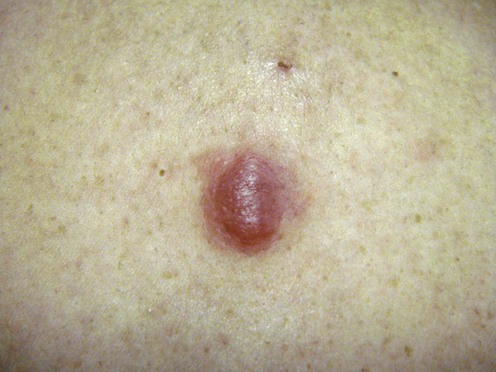Leinweber B, Colli C, Chott A, Kerl H, Cerroni L. Am J Dermatopathol 2004; 26: 4–13.
Lymphocytoma cutis

Specific investigations
Differential diagnosis of cutaneous infiltrates of B lymphocytes with follicular growth pattern.
![]()
Stay updated, free articles. Join our Telegram channel

Full access? Get Clinical Tree





